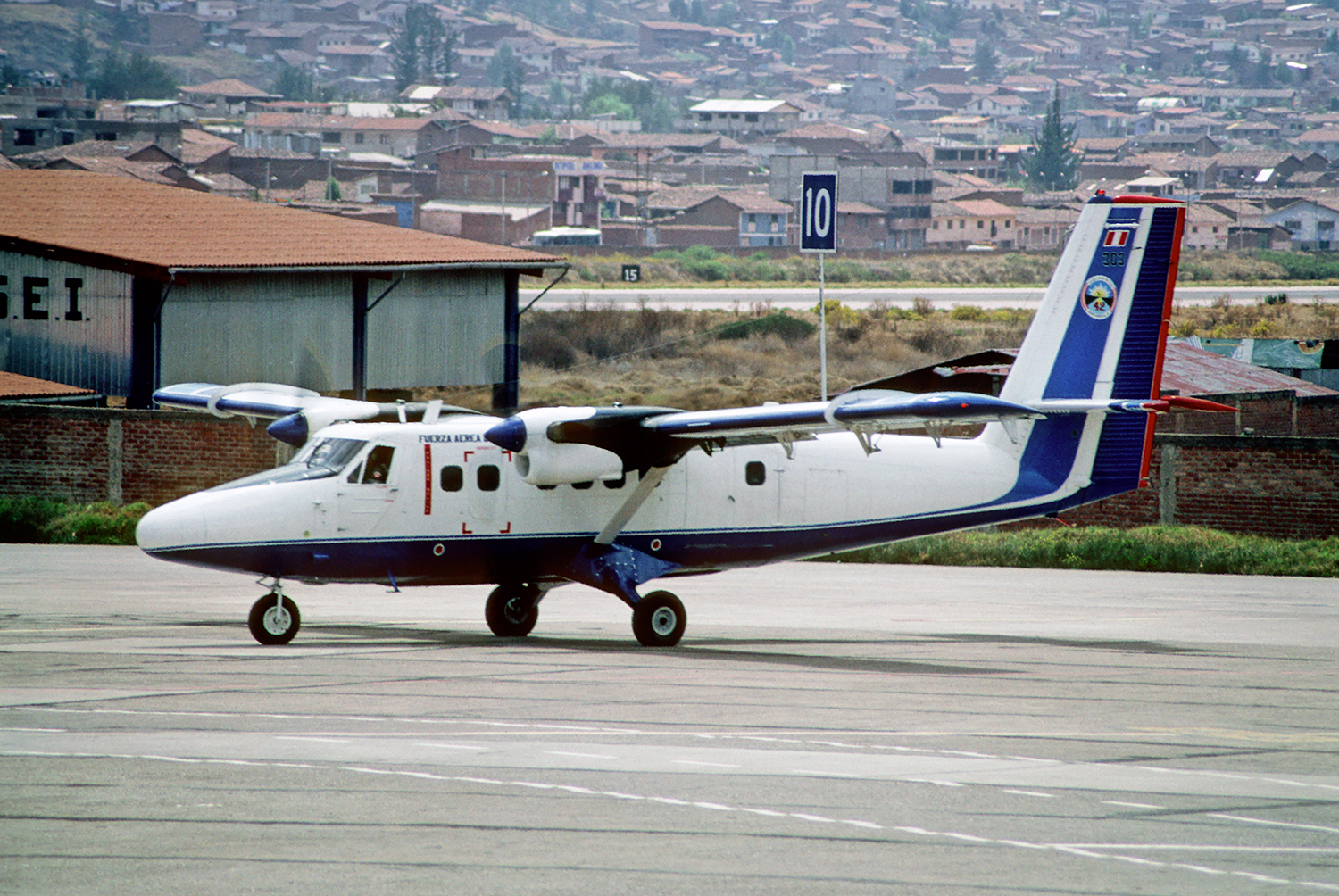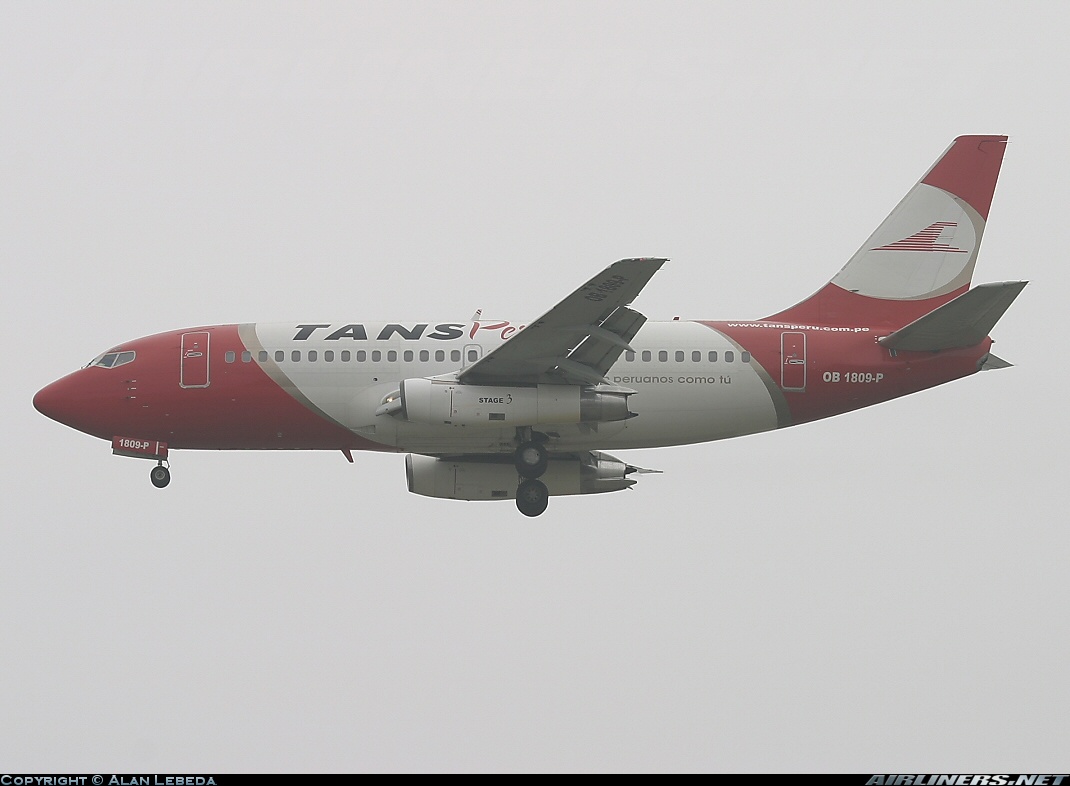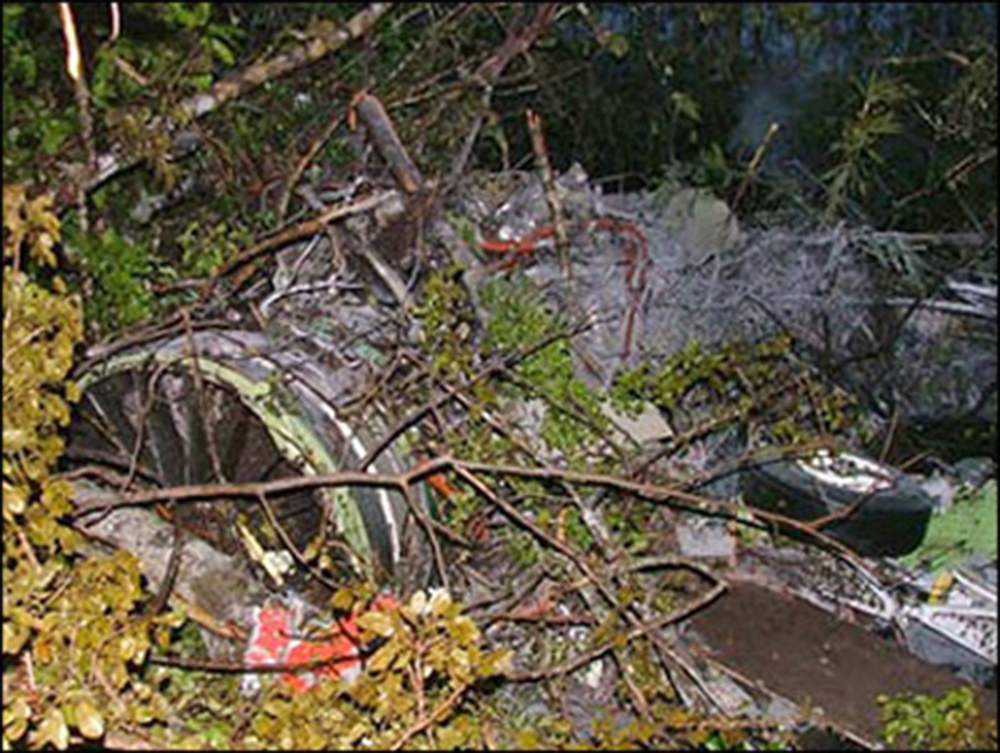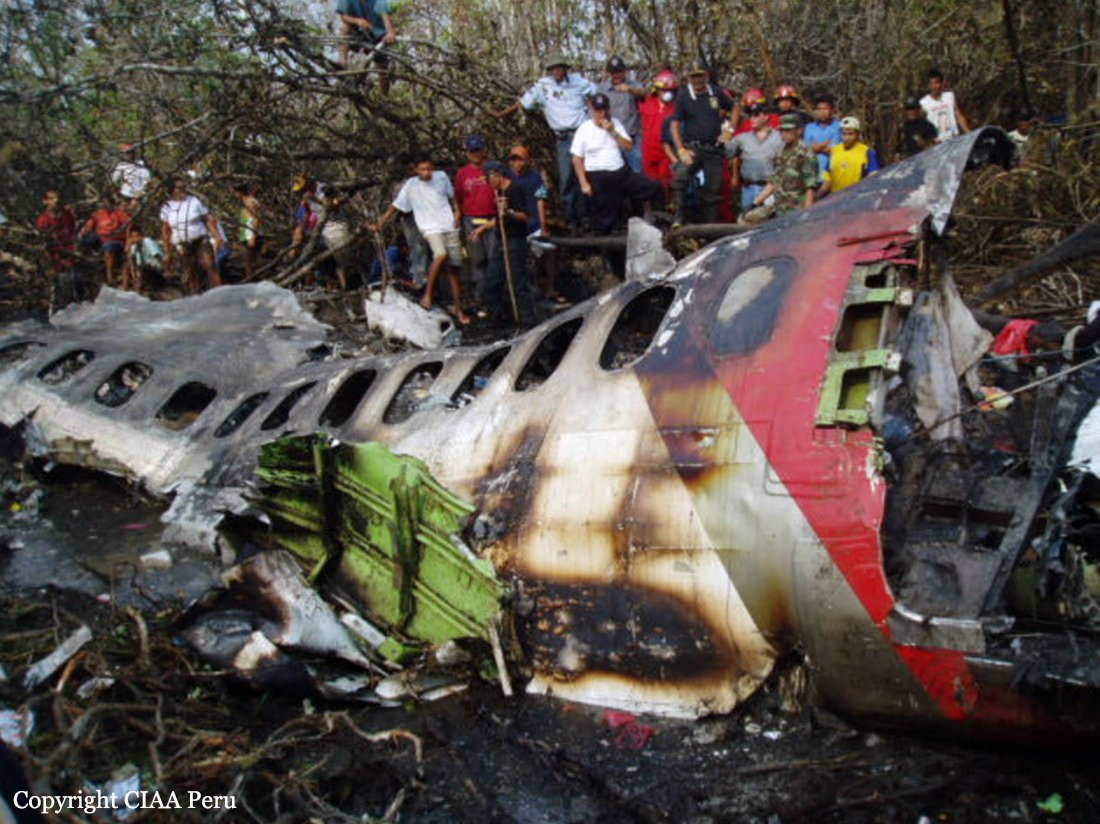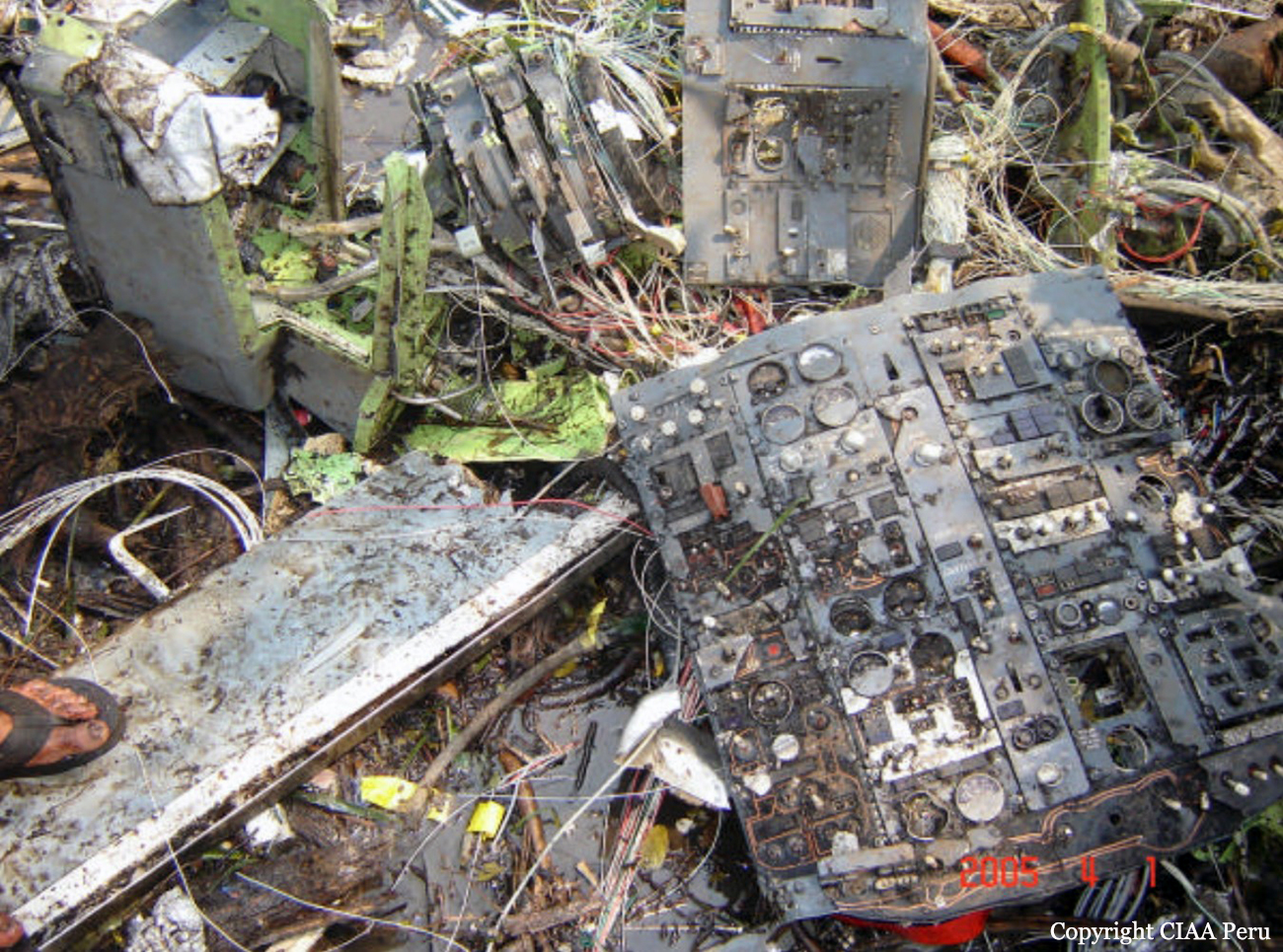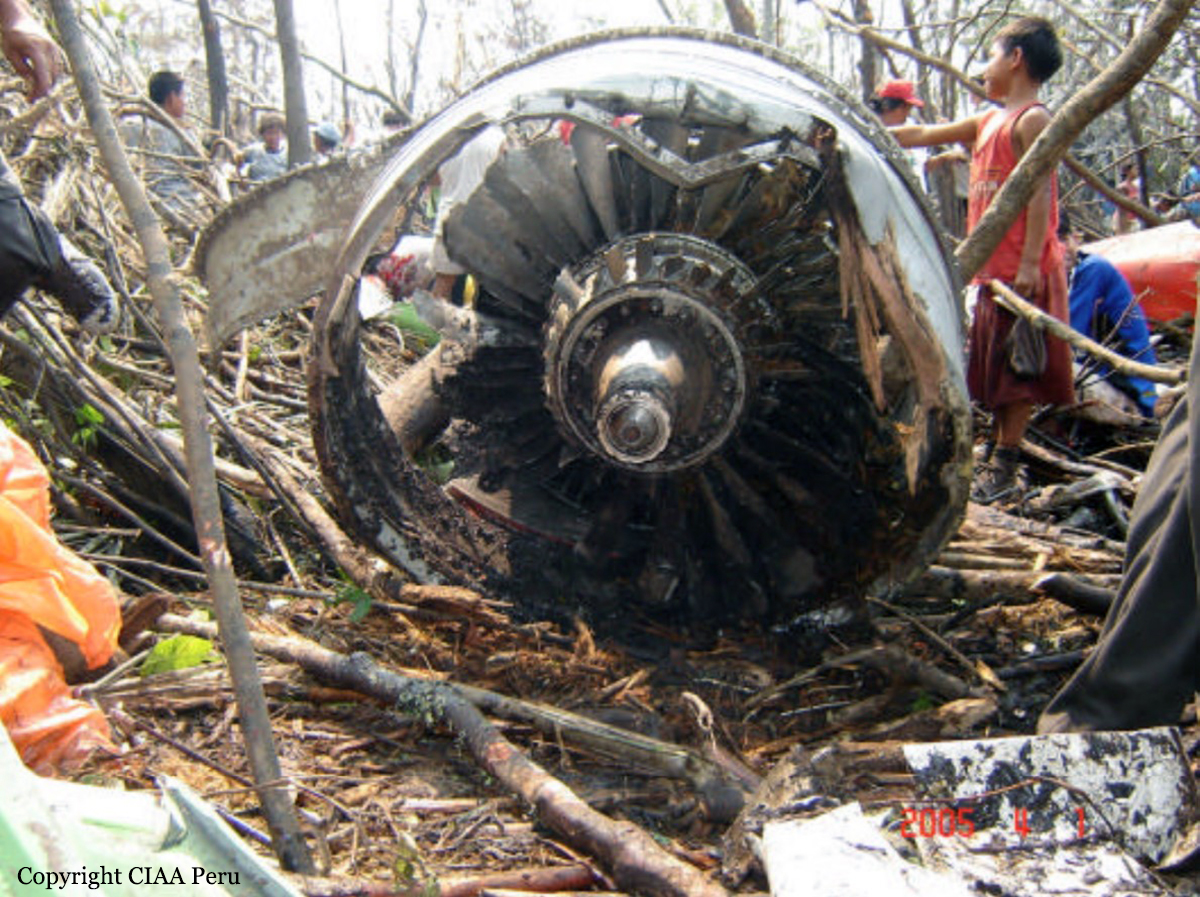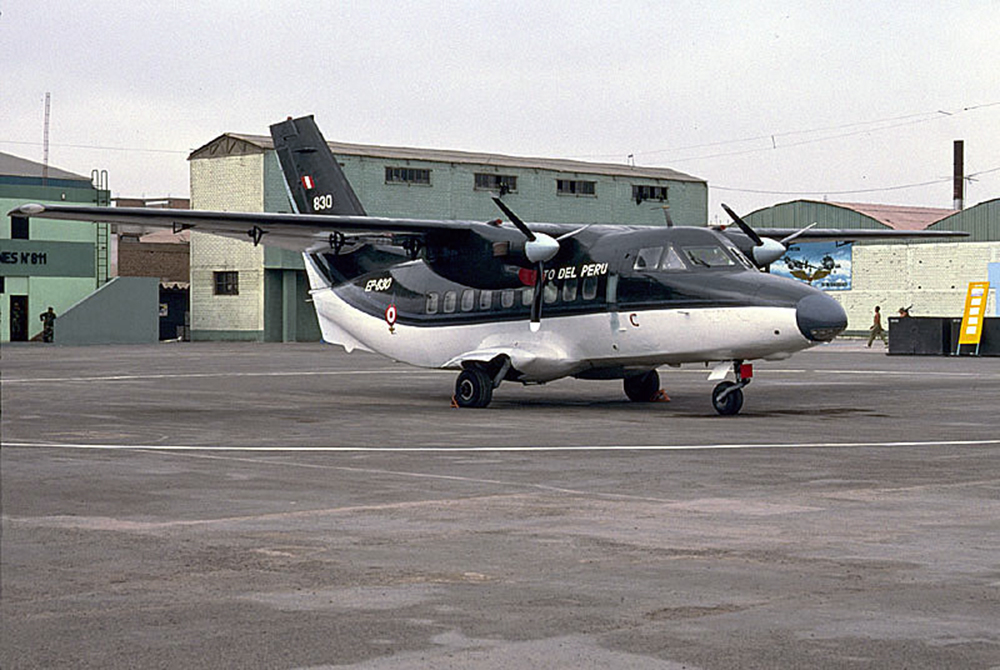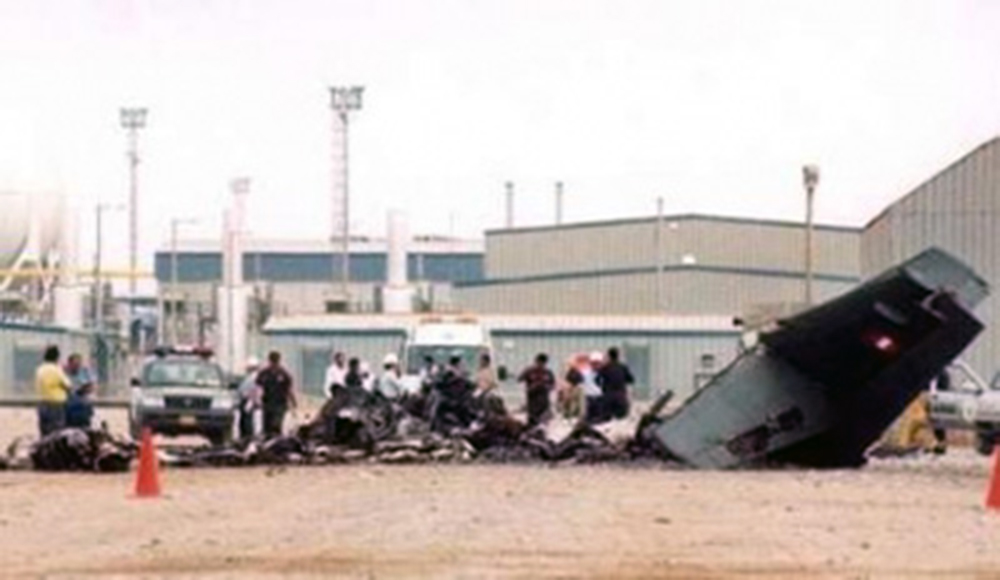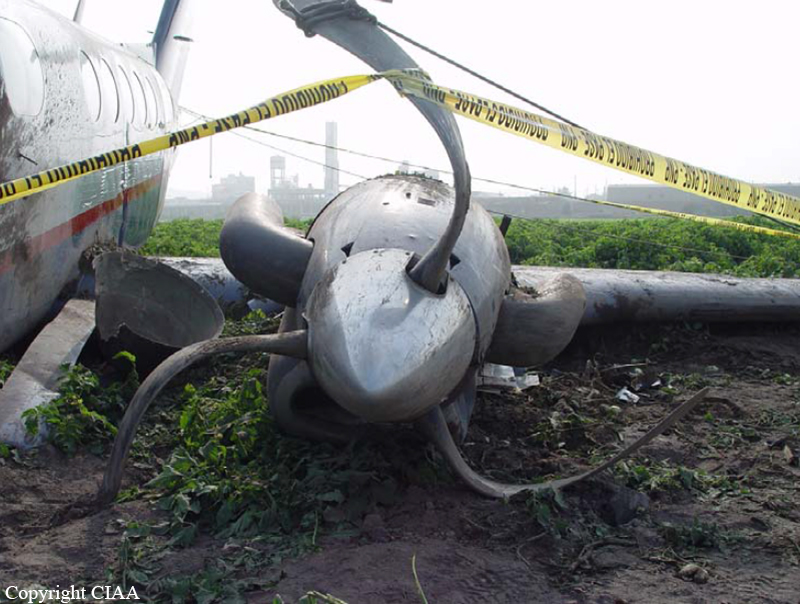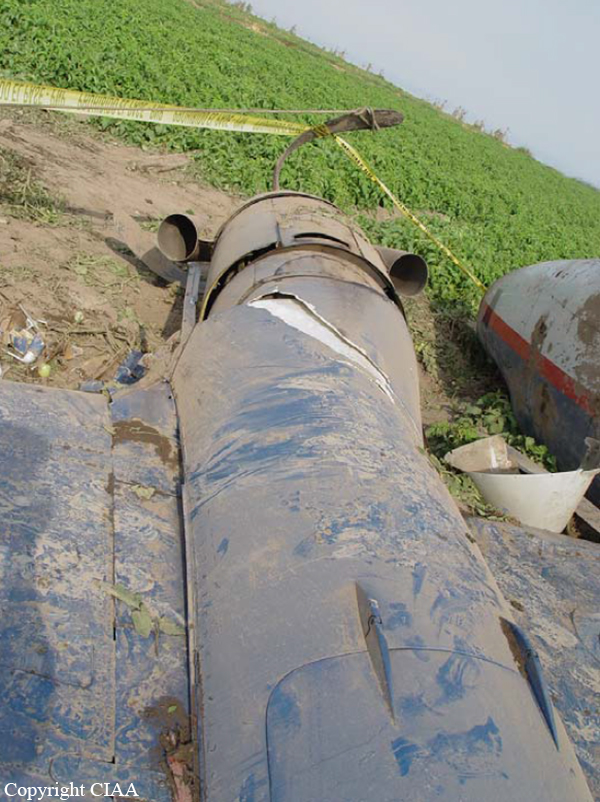Crash of a De Havilland DHC-6 Twin Otter in Pampa Hermosa: 13 killed
Date & Time:
May 24, 2007 at 1745 LT
Registration:
FAP-303
Survivors:
Yes
Schedule:
Iquitos – Requena – Orellana – Pampa Hermosa – Contamana – Pucallpa
MSN:
483
YOM:
1976
Crew on board:
3
Crew fatalities:
Pax on board:
17
Pax fatalities:
Other fatalities:
Total fatalities:
13
Circumstances:
The Twin Otter departed Iquitos Airport at 1137LT on a flight to Pucallpa with intermediate stops in Requena, Orellana, Pampa Hermosa and Contamana. While descending to Pampa Hermosa in marginal weather conditions, the aircraft crashed in a mountainous area located few km from the airport. Seven passengers were rescued while 13 other occupants were killed.
